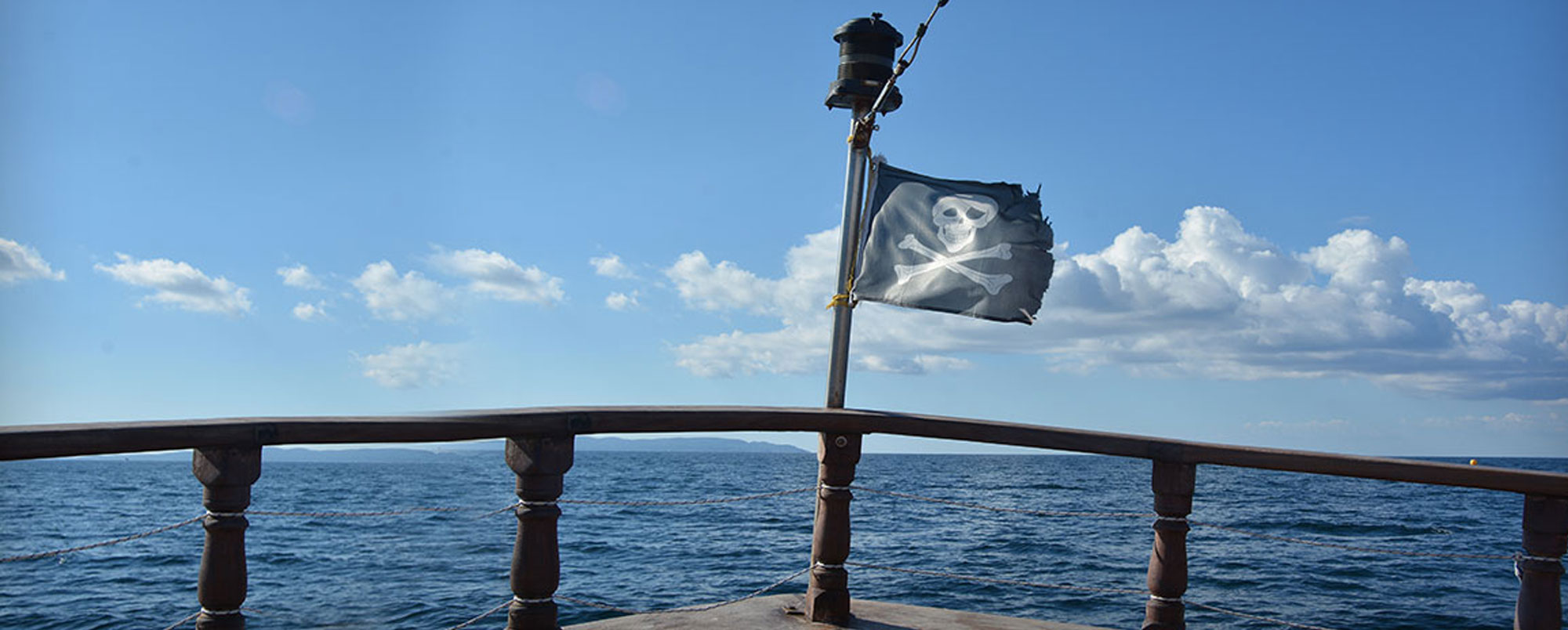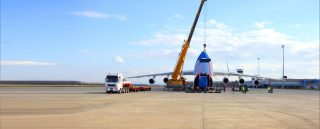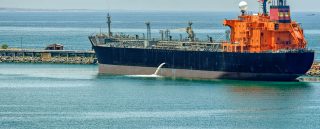Putting the brakes on piracy Rampant around the globe since the 14th century BC, sea piracy has declined sharply in recent months to reach a 20-year low in 2016
 Way back in 14th century BC, it was considered as “an entirely honourable way of making a living.” But a few hundred years later, piracy on high seas became a disgraceful occupation. Governments introduced laws and intensive patrolling to curb piracy. In modern times, the Geneva Convention on the High Seas, 1958, and the United Nations Convention on the Law of the Seas, 1982, are some of the international laws that tackle sea piracy.
Way back in 14th century BC, it was considered as “an entirely honourable way of making a living.” But a few hundred years later, piracy on high seas became a disgraceful occupation. Governments introduced laws and intensive patrolling to curb piracy. In modern times, the Geneva Convention on the High Seas, 1958, and the United Nations Convention on the Law of the Seas, 1982, are some of the international laws that tackle sea piracy.
The golden age of piracy
As sea trade expanded phenomenally in the 17th century, piracy kept pace. The years between 1650 and 1730 were known as ‘the golden age of piracy,’ when pirates controlled major sea routes of the world. Piracy was rampant during the ‘buccaneering’ period (1650 to 1680), the ‘pirate round’ (1690s) and the period after the war of the Spanish succession.
Buccaneers were pirates in the Caribbean who attacked Spaniards in the region. British, French and Dutch rulers in the region provided them legal cover to attack Spanish ships.
The pirate round was a route from the western Atlantic ocean to the southern tip of Africa, targeted by pirates. It later extended all the way to the Yemen and Indian coasts as well.
The end of the war of the Spanish succession saw several idle European sailors taking to piracy along the African coastline. They included notorious pirates such as Henry Morgan, Henry Every and William ‘captain’ Kidd, and even women pirates such as Anne Bonny and Mary Read.
 Piracy hotspots
Piracy hotspots
Southeast Asia is emerging as the world’s piracy hotspot. While piracy attacks in the former hotspot, the Gulf of Aden near Somalia, has surprisingly fallen to zero, Southeast Asia is seeing an increasing number of such incidents.
According to the International Maritime Bureau, there were 124 armed robberies, hijackings and other attacks on ships by ‘sea criminals’ in Southeast Asia until September 2015. Since 2010, attacks on ships in the regional waters had more than doubled on an annual basis.
The seas in Southeast Asia — especially in the Straits of Malacca and near Singapore — are the busiest shipping routes in the world, with nearly half the world’s oil and much of its energy products imported by China and Japan passing through these waters.
Fortunately, 2016 appears to be a much better year for nations such as Indonesia, one of the worst-affected in the region. According to IMB, it saw 33 attacks in the first nine months of 2016, down from 86 in the corresponding period in 2015.
Other ‘piracy hotspots’ around the globe include:
- Asia: Bangladesh, China, India, Malacca Straits, Malaysia, Singapore Straits, South China Sea and Vietnam
- Africa and Red Sea: Benin, Guinea, Ivory Coast, Nigeria, Congo, Togo
- South and Central America and the Caribbean waters: Ecuador and Peru
Decline in piracy
Fortunately, sea piracy has declined sharply down the centuries through the combined efforts of governments and international agencies. According to the latest global piracy report by the International Maritime Bureau (IMB), with 42 attacks worldwide, the third quarter of 2016 saw the lowest incidents of maritime piracy since 1996.
IMB’s Piracy Reporting Centre has recorded 141 incidents so far this year — a 25 percent drop from the same period in 2015. A total of 111 vessels were boarded, 5 were hijacked, 10 were fired at, and a further 15 attacks were thwarted.
National and international authorities and the shipping industry spare no expenses to keep piracy down, but hostage-taking remains an ever-present danger — a reminder that captains and patrolling agencies should never let their guard down.














